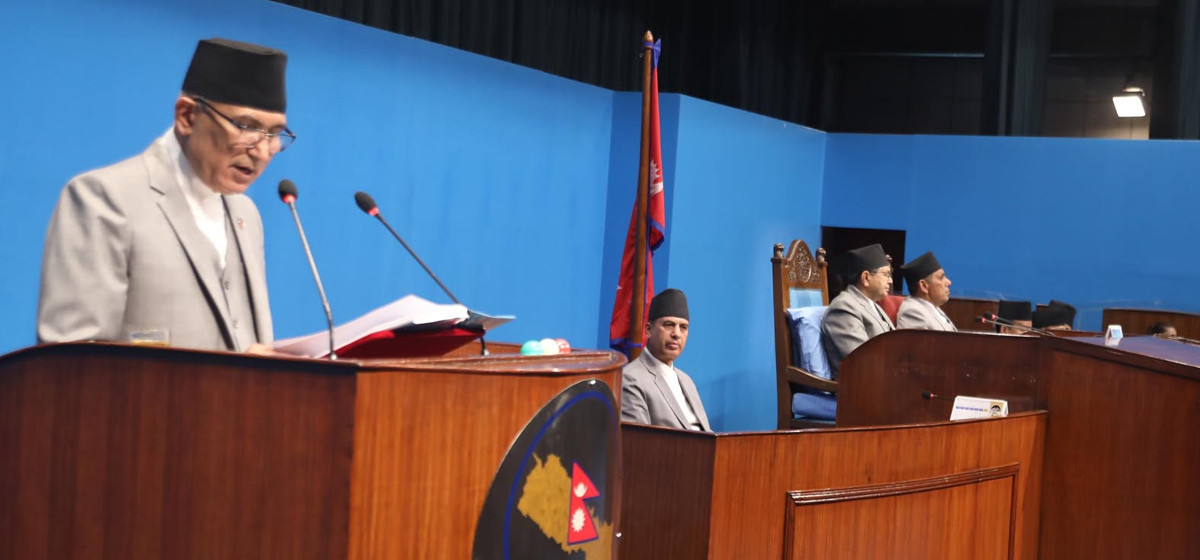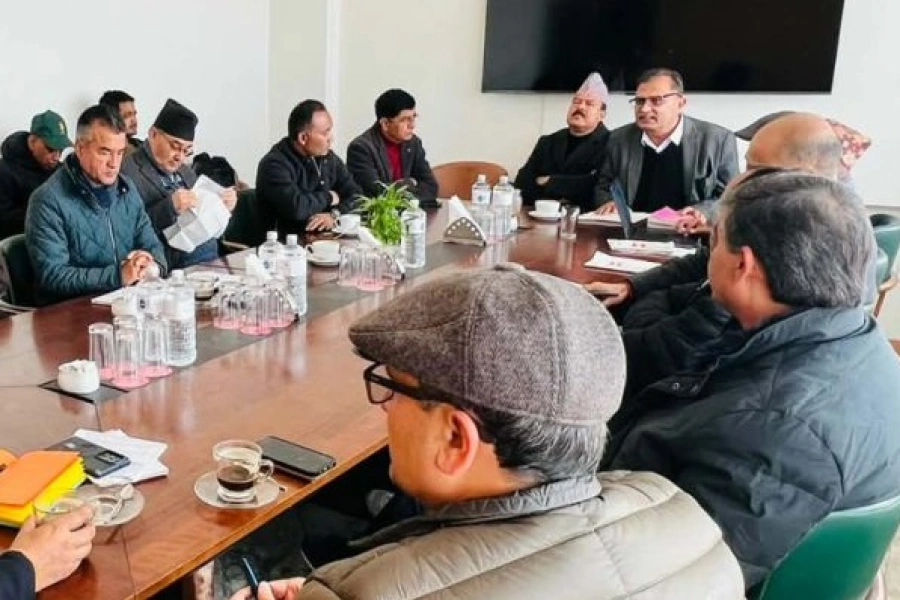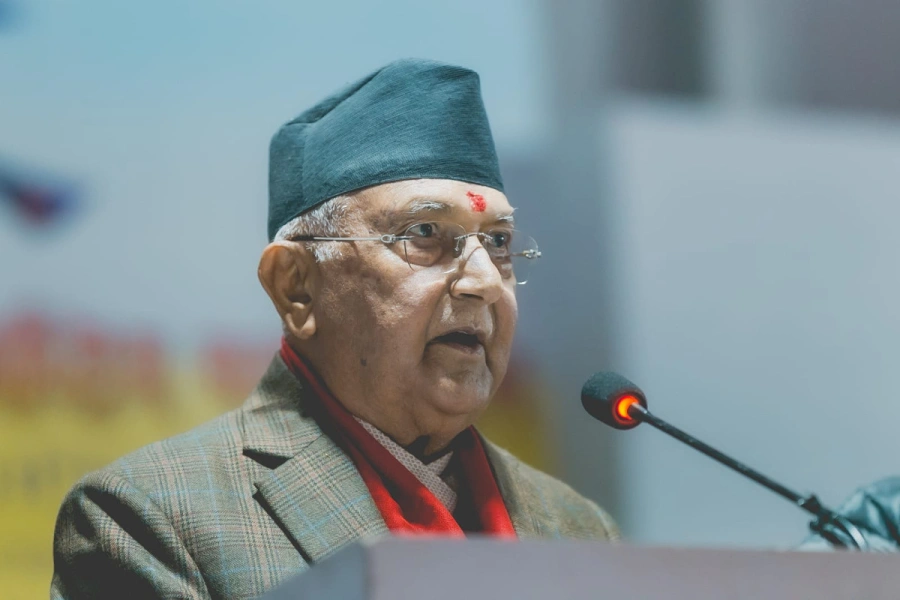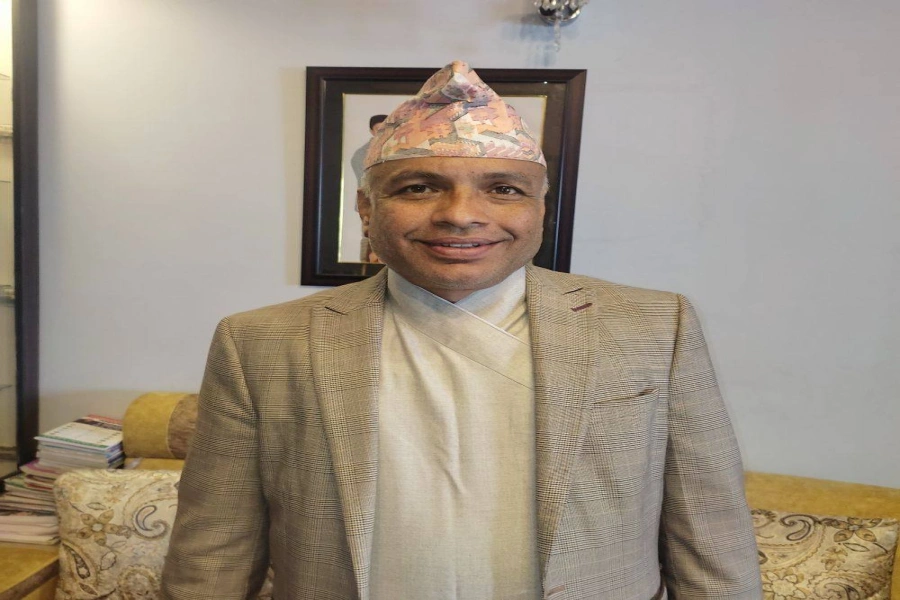Lumbini Province has a slightly more dynamic information landscape, while that of Madhesh Province is moderately vibrant.
KATHMANDU, June 27: Nepal posted a satisfactory performance in the information ecosystem, with the country scoring 23 out of the threshold of 40 points.
A study report entitled Vibrant Information Barometer (VIBE) unveiled by the USAID during the Civil Society and Media (CSM) Program on Wednesday shows an impressive achievement of the country in the segment. The indicator is based under four principles that include information quality, channels, consumption and engagement, and transformative action.
According to the report, Lumbini Province scored 24, indicating a slightly more dynamic information landscape than the national average, while Madhesh Province obtained 22, showing a moderately vibrant information environment.
Local governments allowing mining in Chure to generate income

The report was jointly unveiled by Chief Commissioner of National Information Commission (NIC) Mahendra Man Gurung and the Country Representative of The Asia Foundation Meghan Nalbo.
The diverse and inclusive expert panel evaluated the vibrancy of Nepal’s media ecosystem based on 20 indicators with 167 sub-indicators. The study engaged over 30 expert panelists from the national level and two provinces, encompassing editors, media managers, civil society members, reporters, educators, and activists.
According to the report, urban content producers benefit from advanced resources like studios and AI technology, whereas rural operators face challenges such as limited access to printing presses. While Nepal’s media extensively covers politics, critical issues like climate change, development, and marginalized communities often receive less attention, though investigative journalism plays a crucial role in holding officials accountable, the report states.
According to the report, Nepali language dominates media, limiting access for diverse communities. However, regional outlets in languages like Maithili and Bhojpuri aim to enhance inclusivity. Leadership in Nepal’s media primarily reflects Brahmin and Chhetri communities, with marginalized groups underrepresented. Non-professional content producers offer diverse perspectives.
Likewise, the media sector faces financial constraints, impacting print, radio, TV, and online outlets, leading to closures and job losses. Platforms like YouTube and Facebook complement traditional media, providing diverse voices despite challenges in content moderation and misinformation, added the report.
Speaking at the event, The Asia Foundation’s Country Representative said the report provides an opportunity to reflect, listen to the accessed gaps for Nepal to meet its own resilient information needs, and work towards strengthening the information landscape. “The report is expected to help the media support the country’s vision for its own thriving development,” she added.


































